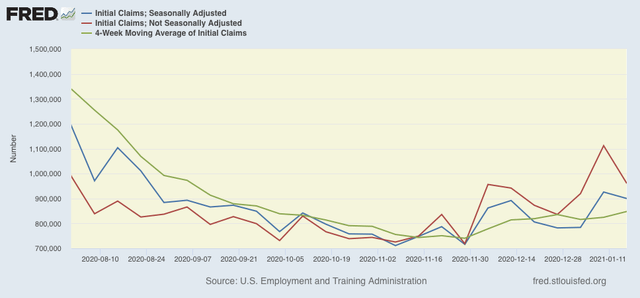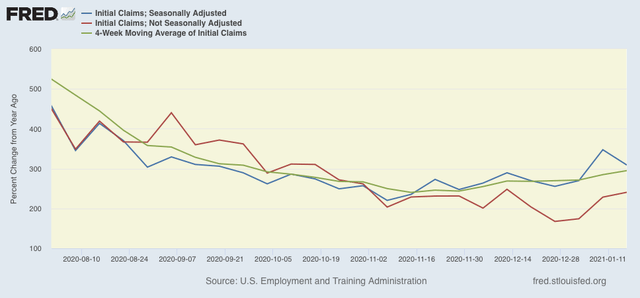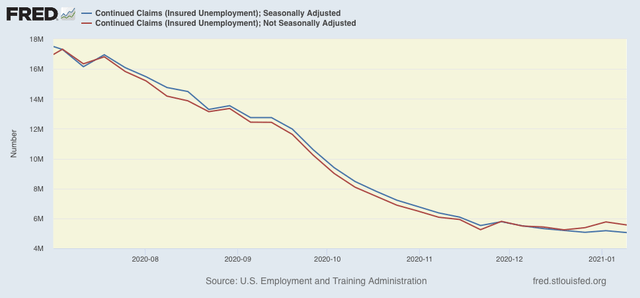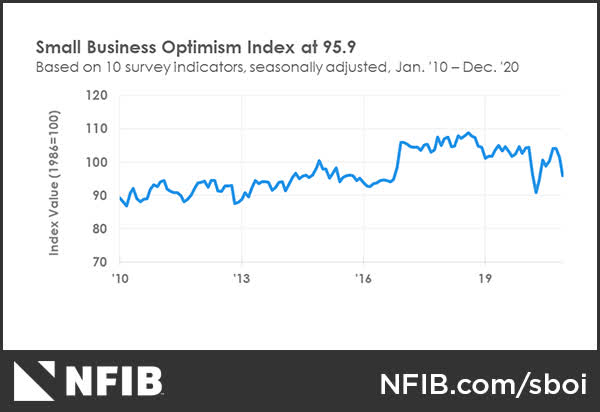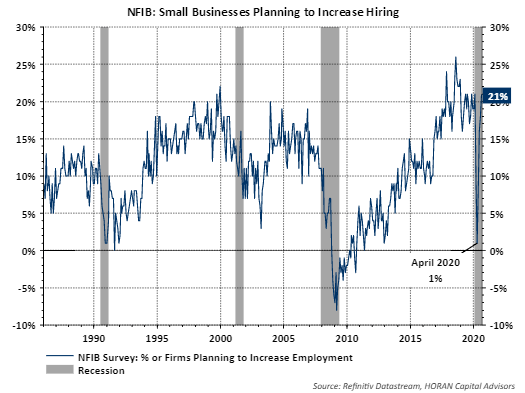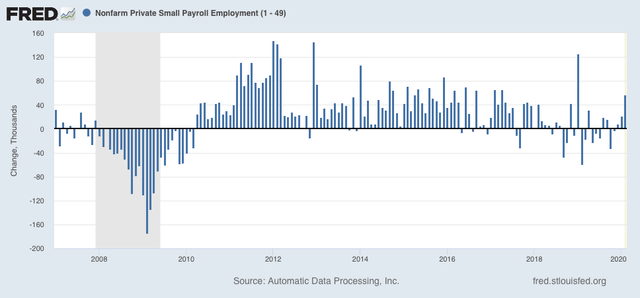And aside from the $1200 stimulus payment in early 2020, spearheaded by Democrats in Congress, Trump’s economy coasted on record low long term interest rates created in the aftermath of the 2016 Brexit vote; while his only noteworthy economic law was the gargantuan giveaway to the wealthy in the 2018 tax cut, with exactly the (lack of) results predicted.
But, as quoted above, mainly I focused on the political repercussions.
Four years later, the best that can be said is that we avoided cataclysm. Trump didn’t launch a nuclear war, and he didn’t start any other conflagration, although he did commit an act of War against Iran, which is almost certainly going to retaliate now that Trump is out of office (the most likely target being in the Trump family, but also possibly one or more senior military officials).
We have also gotten pretty lucky as to the deterioration in the international situation. The US alliances with NATO and Japan have held; Biden is set to rejoin the Paris climate accords immediately. China did effectively subsume Hong Kong without a peep from the US, but has not made any irreversible moves on Taiwan. The Big Unknown is Russia, where, although it didn’t militarily take over Belarus or Ukraine, every single arms agreement has been terminated, almost certainly in accordance with a plan by Putin, and even more alarming, the US should assume at this point that Trump and his cronies have compromised the entire US defense apparatus aside from anything the Pentagon has managed to conceal from him.
But the events of January 6 showed that the internal US system has sustained grave damage. It held, due mainly to the independence of the Judiciary (which Trump never expressly disobeyed), and due to the integrity of a few crucial local and State GOP election officials. But Congressional oversight utterly failed. Trump contemptuously ignored subpoenas and legal mandates without consequence. He ignored Congressional spending restraints, invoking a State of Emergency that Congress failed to overrule (with a 2/3’s vote of both Houses being necessary). With GOP Senate backing, one impeachment and conviction attempt has already failed.
In short, Trump effectively showed that, so long as a President has the backing a majority of the House, or 1/3+ of the Senate, he can do whatever he wants without fear of being held to account in any fashion. Put that together with effective control over the prosecutorial system and the nearly absolute pardon power, and he can behave with complete impunity. Finally, he established on January 6 that, in the future, with the backing of a majority in Congress, the will of the Electorate, even as expressly confirmed and certified by the Electoral College, can be overruled and he can continue in office. And he might even be able to pardon the perpetrators.
In other words, the last successful Madisonian system has almost certainly been fatally wounded.
Because for decades I have been a voracious reader of history, and because I believe that learning principles from psychology can be applied to society as a whole, here is some lessons about where we are in the cycle:
1. Stability breeds instability - Economist Hyman Minsky famously theorized that stability breeds instability in economic systems. It is clear that the same is true in political systems. For example, it is clear that the peace and stability in Europe in the 19th Century after 1815 bred complacency in its governing aristocratic elites. As a result, the ruling monarchies proverbially pushed on the edge of the envelope in ever more extreme fashion. And for decades, the system held. Until in 1914, it didn’t, with catastrophic effects. Stability had bred instability.
Similarly, for the past 40 years, the Right in America has become ever more radicalized, as norm after norm has been breached. And yet - until January 6 at least - the system held. Ironically the fact that the system held up for so long only encouraged more rule-breaking, more “Constitutional hardball.” After all, if the system is impregnable, why worry?
And now the fabric of the system is finally tearing.
2. The rise of brownshirts. One specific way in which the fabric of the system is tearing is the rise of brownshirts. Before Trump, it was very much a fringe problem. But first with Charlottesville, then with the Second Amendment militias appearing in State capitals like Richmond VA early in 2020, then spreading to the anti-lockdown and anti-mask movements in other State capitals like in Michigan, armed brownshirts are now regularly appearing on American streets to physically threaten and intimidate those with whom they disagree. The January 6 putsch attempt in the US Capitol, with the intention to lynch the Vice President, the Speaker of the House and others, shows that the problem is now fully-formed.
In ancient history the use of brownshirts during the times of the Gracchii Brothers in the Roman Republic was the clarion sounding for a fatal wound being inflicted on the Republic, even if it took another generation until, with Sulla’s proscriptions, the Republic was dead on its feet. In the Weimar Republic and in other fascist uprisings in Europe after WW1 the widespread appearance of brownshirts similarly hailed the beginning of the end of Constitutional government.
Borwnshirts also plagued the flailing medieval city-state Republics, particularly Genoa and Florence. And we need only mention the 20th century example of the Weimar Rebpuclic, but also armed fascist uprisings in other 20th century European States.
Now we have a pattern of right-wing brownshirts on the streets of the US. Between no left-wing counterpart, and meeting force with left-wing force, the latter is the least worst option - but in either case the Republic is failing. The only other possibility is that with ruthless and unrelenting prosecutions for threats and violence the inflorescent movement might be brought to heel.
3. The right wing has learned that it has near impunity. This brings up a more general point about learning. If you ever watched the reality show “Supernanny,” you saw parents whose households were completely ruled by young children and even toddlers, because temper tantrums had always proven effective, as one or both parents always ultimately gave in. Supernanny never advocated using force, nor any punishment worse than being forced to stand or sit in a “quiet corner.” But the system had to be used relentlessly. Any time one or both parents abandoned it, the child had simply learned that throwing a tantrum long enough was successful. Thus the longer the coddling had gone on, the longer the tantrum and the more arduous the first application of the new system had to be in order finally to break the child’s will.
Similarly, right-wing extremism has been coddled in the US for over a generation - at very least since Gingrich’s 1994 conservative revolution in Congress. The center and the left have been hoping that half-measures and indulgence will make the problem go away. Instead the problem has gotten worse and worse - because the right-wing tantrums have almost always ultimately been successful.
The Biden Presidency may be liberal democracy’s last chance in the US. Like the parents in Supernanny, Biden and the Democrats must be prepared to “flood the zone” with changes, and be unrelenting for a long time in their application, to demonstrate to the right-wing that extremist tantrums will no longer be successful. Because the right-wing extremists probably have to be successful in only one more Presidential election.
4. Finally, and most fundamentally,
as David Frum wrote, “If [a faction]
become[s] convinced that they can not win democratically, they will not abandon conservatism. They will reject democracy.”
This was just as true back in Ancient Rome. The patricians who dominated the Senate, moreso than their adversaries, the plebeians and the Italian allied states, in order to prevent the dilution of their vast wealth in the latifundia (huge rural plantations), were willing to compromise and ultimately shred the entire fabric of the Republic in order to avoid that loss. Similarly, in medieval Florence, the Medicis and their allies believed they would be better off if the Republic was subverted than if it was allowed to continue. The same held true in in the faction-riven Republic of Genoa, and the partisans of Prince Willliam in the Dutch Republic.
Similarly, whether we call them conservative evangelicals, social conservatives, or the White Herrenvolk, there is a large minority in the US that believes that its fundamental worldview is in danger of being permanently overturned. There is also another minority of the wealthy who believe that taxation for any government programs to improve the condition of the vast lower middle and working classes is a permanent and fundamental assault on their right to sequester their (often inherited) wealth. Both of these groups have been showing, and are continuing to show, that they are prepared to overturn the US’s representative democratic system itself if that is what it takes to maintain their position.
In sum, the Trump Presidency has shown that the US representative democratic Republic is under grave assault, and has sustained near-mortal damage unless it is reversed quickly and thoroughly. Those who could not see in 2016 have been and are feeling.
